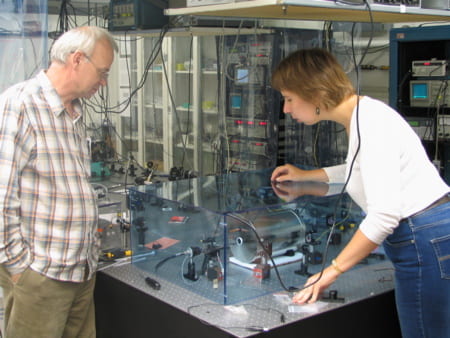Photo of the Month
Feburary 2024
Graduate student JJ Oon enjoys nature at the botanical garden in Singapore, starting the new year with a visit to his family.

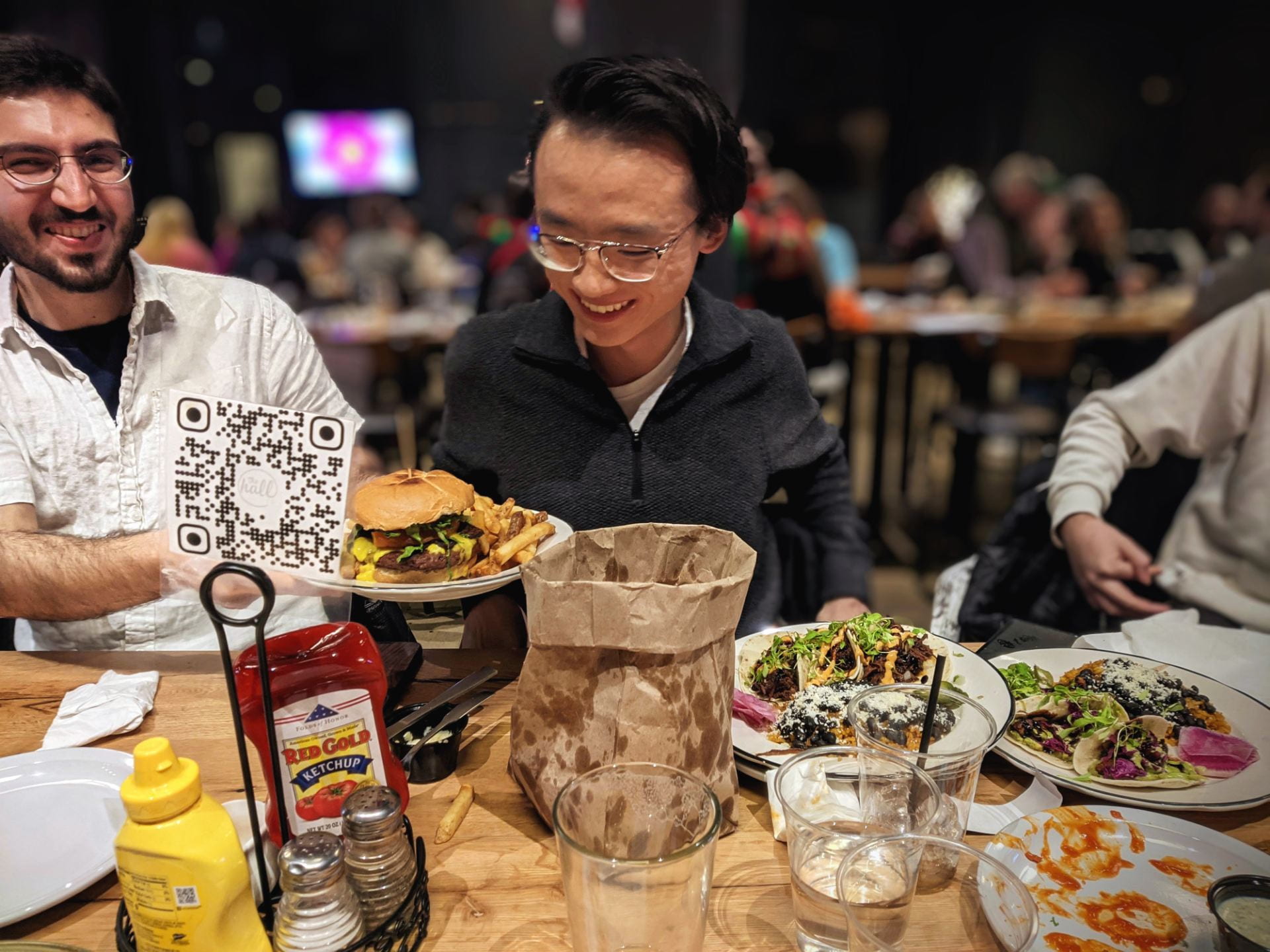
March 2022
The Walsworth group farewell lunch for former graduate student and QTC scientist Matthew Turner. We are deeply thankful for his many contributions to the group and wish him all the best in his next endeavors!
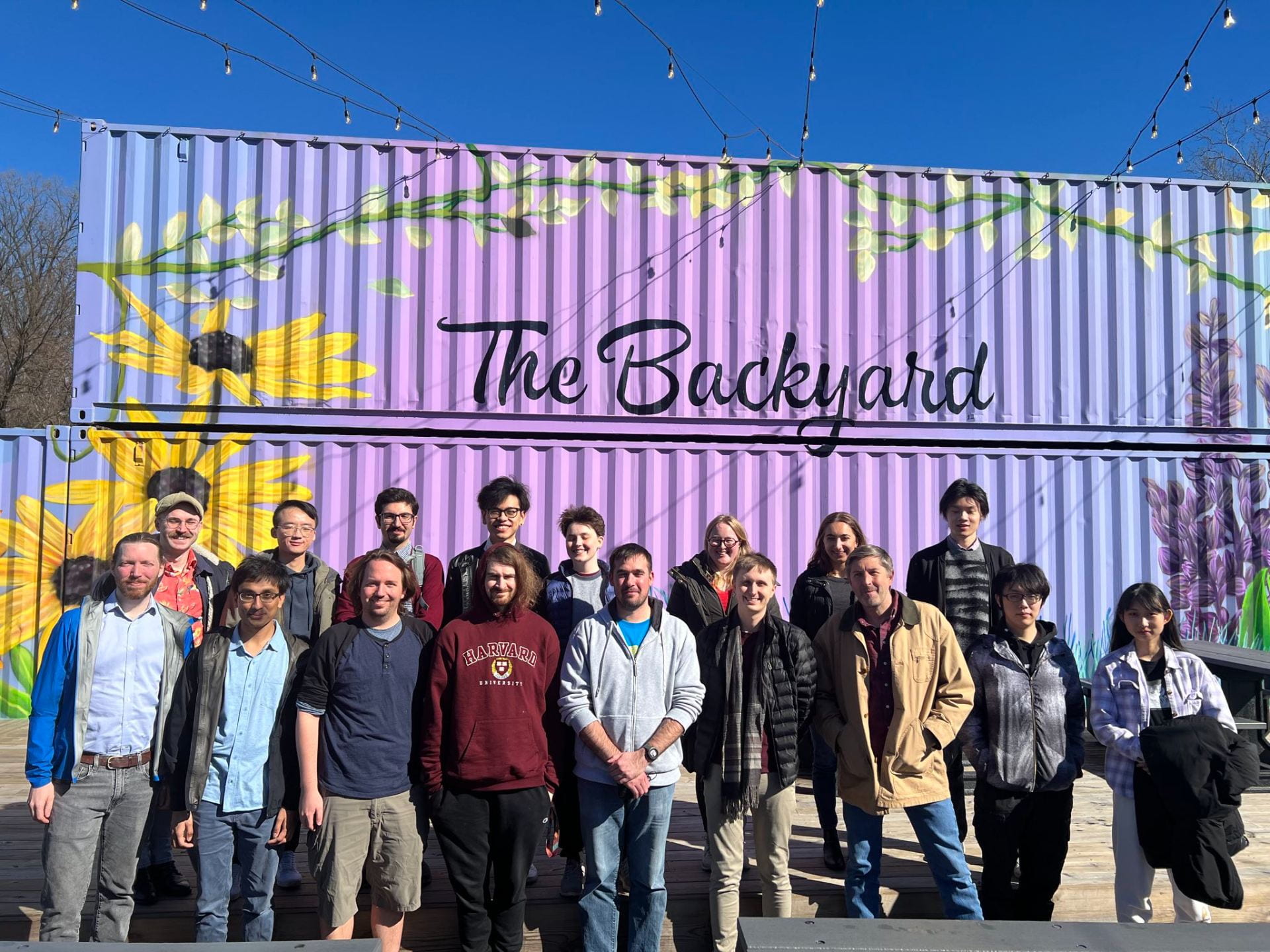
January 2021
Former group postdoc Dominik Bucher — now a PI at the Munich Center for Quantum Science and Technology — has been awarded a prestigious Starting Grant from the European Research Council (ERC) for work on NV-NMR and its applications in biochemistry. Congratulations Dominik!
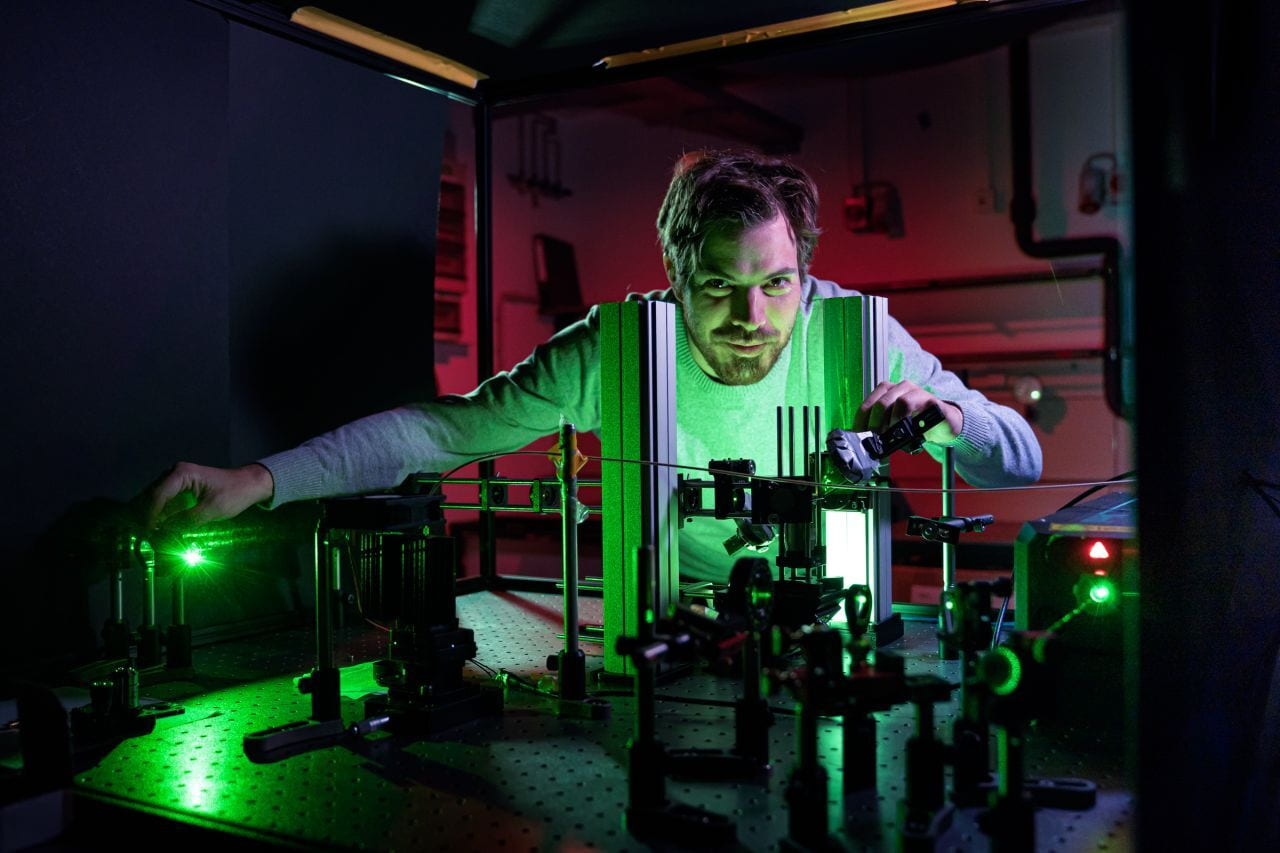
July 2020
The new normal: senior graduate student Matthew Turner conducts NV-diamond experiments in the basement of Northwest Labs at Harvard University during COVID-19.
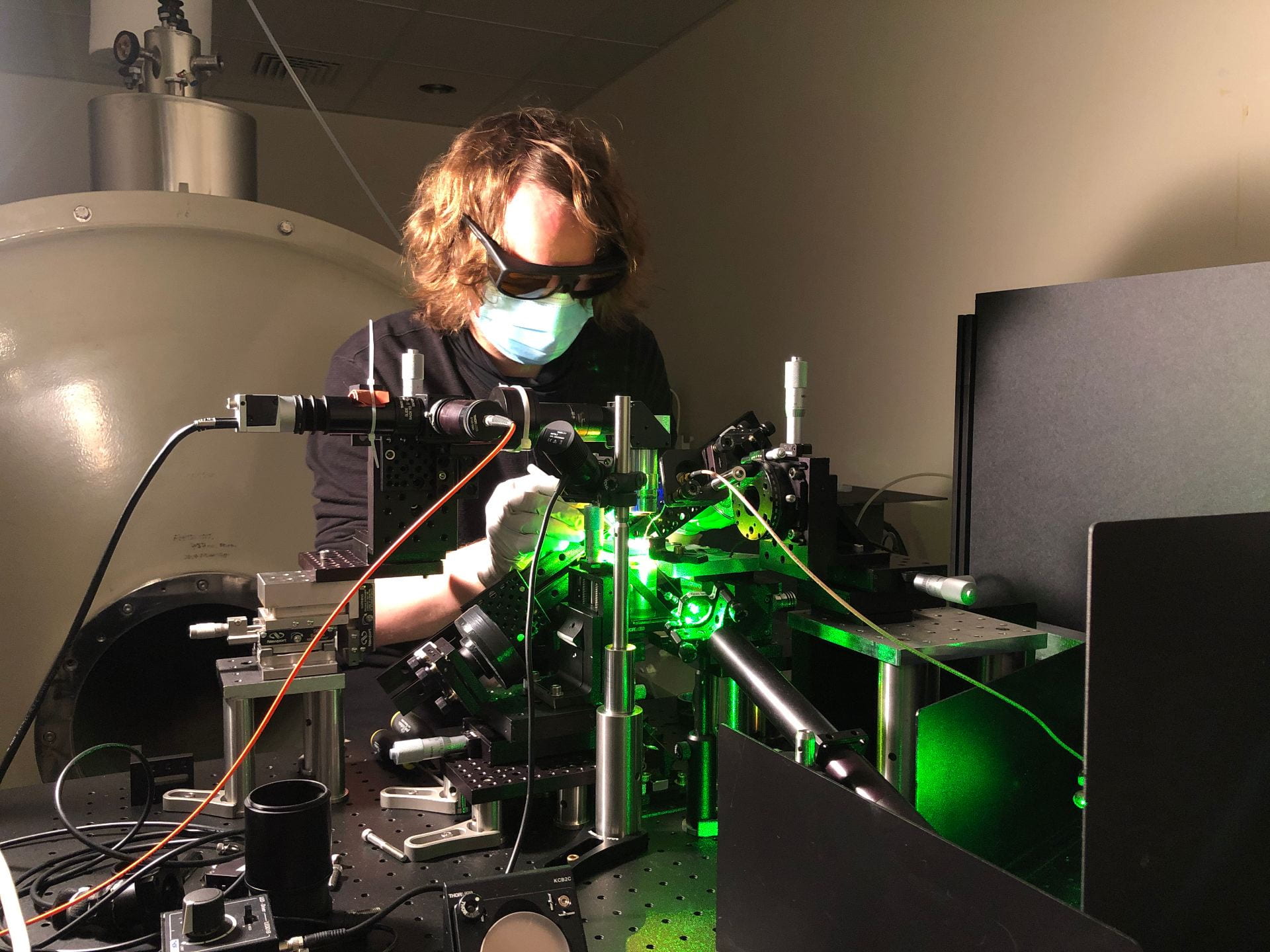
July 2019
Group Alumnus Diana P.L. Aude Craik gives a talk on quantum computing at the Boston Museum of Science for their event “Nanodays with a Quantum Leap.”

April 2018
Group Alumnus, Jenny Schloss, has been featured in PBS digital studios show “Physics Girl”, where she talks about the ‘magic diamond’. You can watch the full video here. A Star is Born!
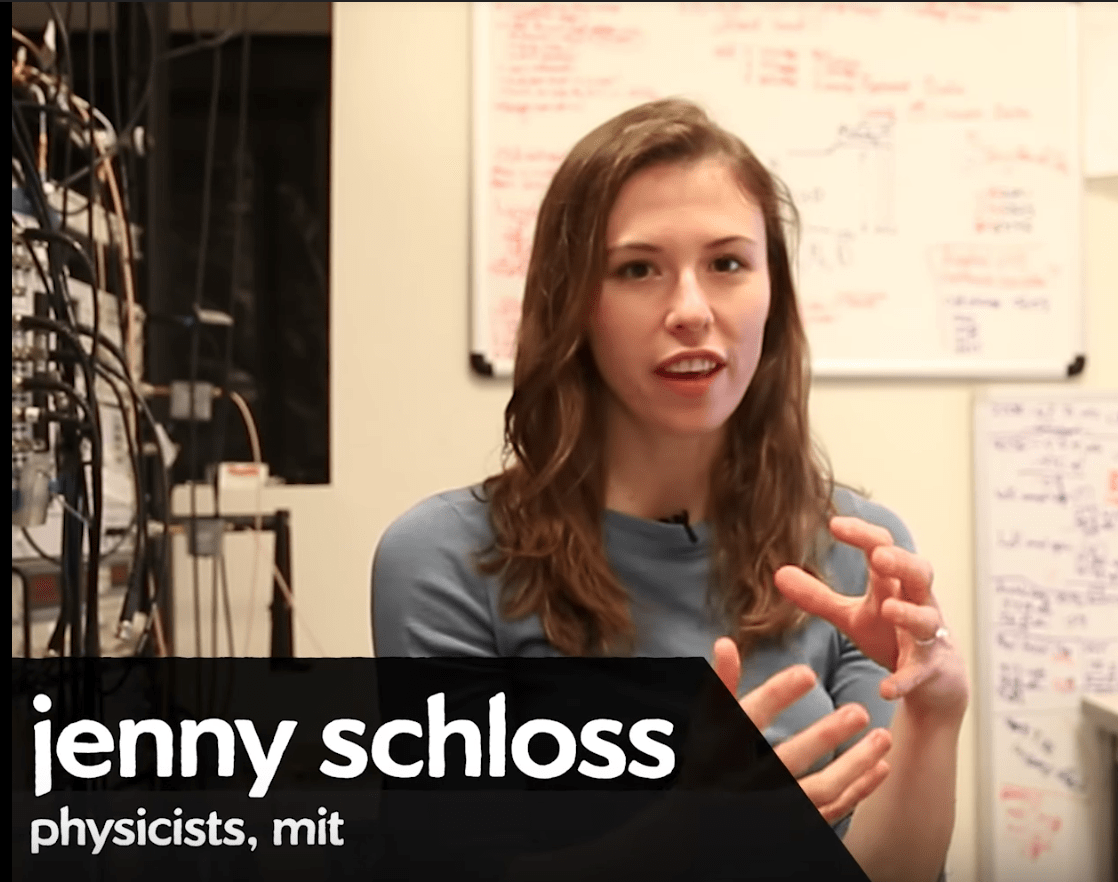
September 2017
Our collaborator, Prof. Roger Fu of Harvard’s Earth and Planetary Science Department, performs fieldwork in western Australia, where some of the oldest rocks in the world can be found. Paleomagnetism in these rocks can be mapped with high spatial resolution using the quantum diamond microscope, providing key information about the origin of the Earth’s geodynamo.
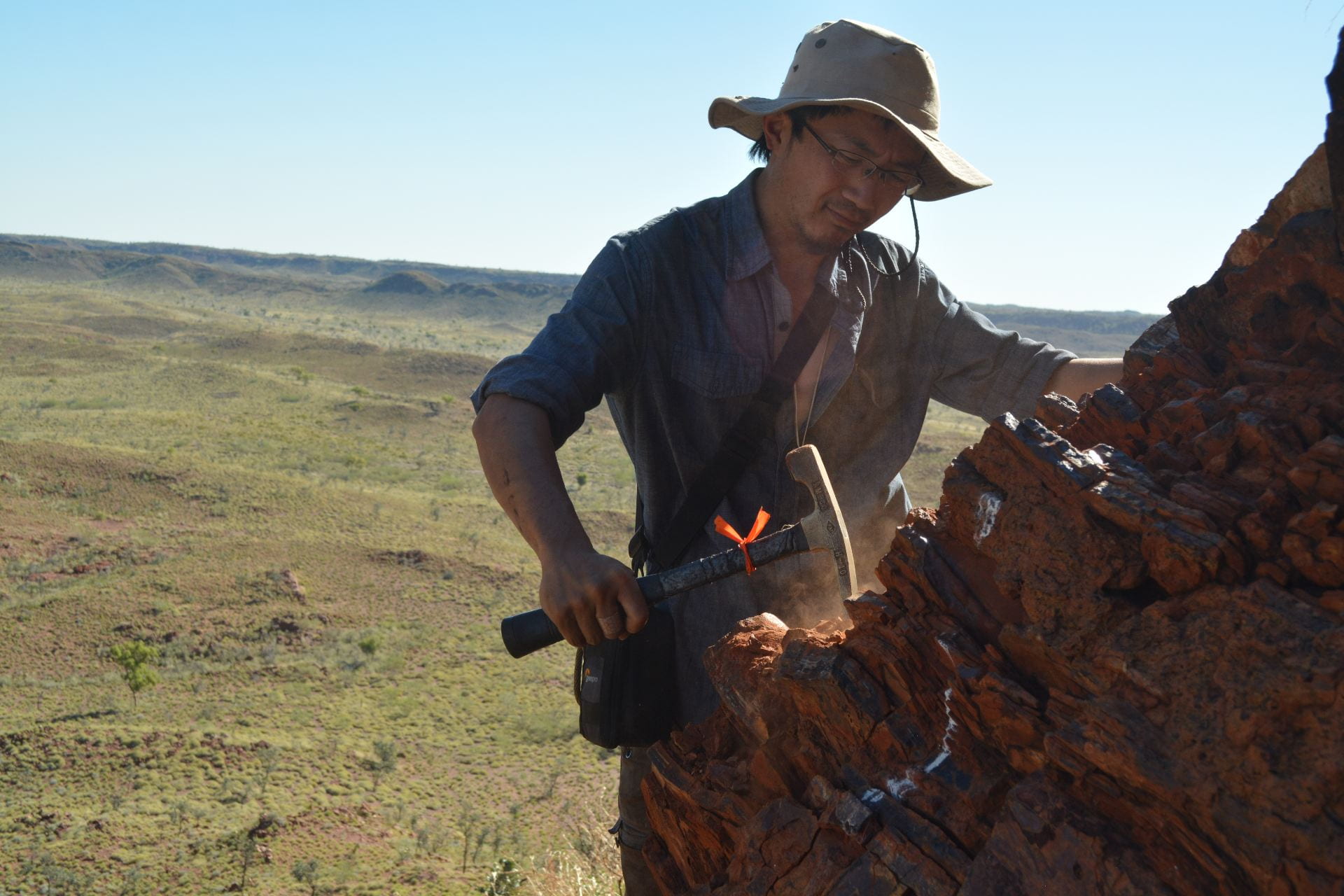
November 2016
Ron attended the White House forum on Quantum Information Science (QIS). See the White House blog article. He also got to meet Valerie Jarrett, senior advisor to President Obama and pose for a photo with her outside the West Wing.
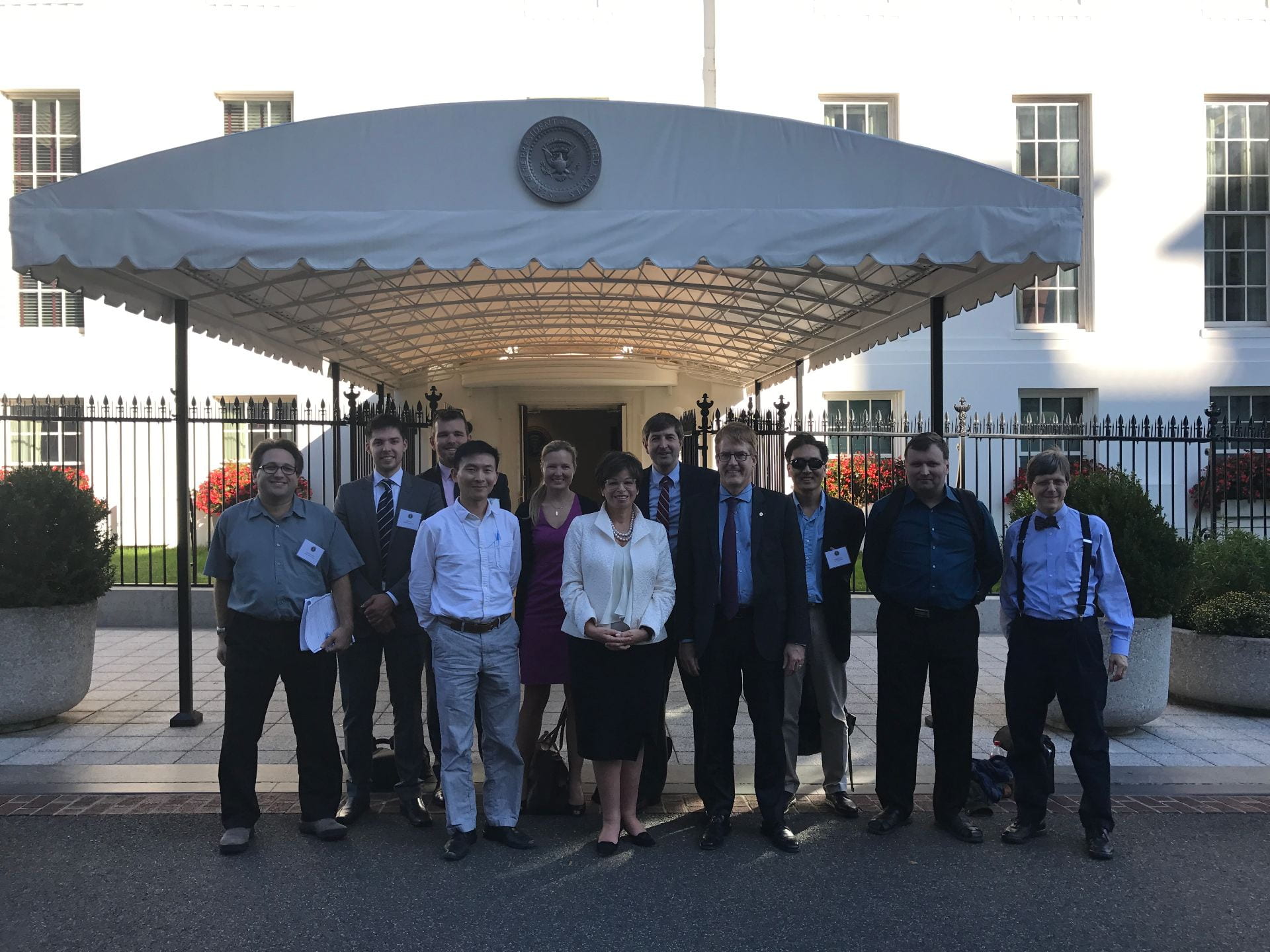
April 2015
Clear sky view at the telescopes in La Palma! Photo was taken by David Phillips during his visit to TNG.
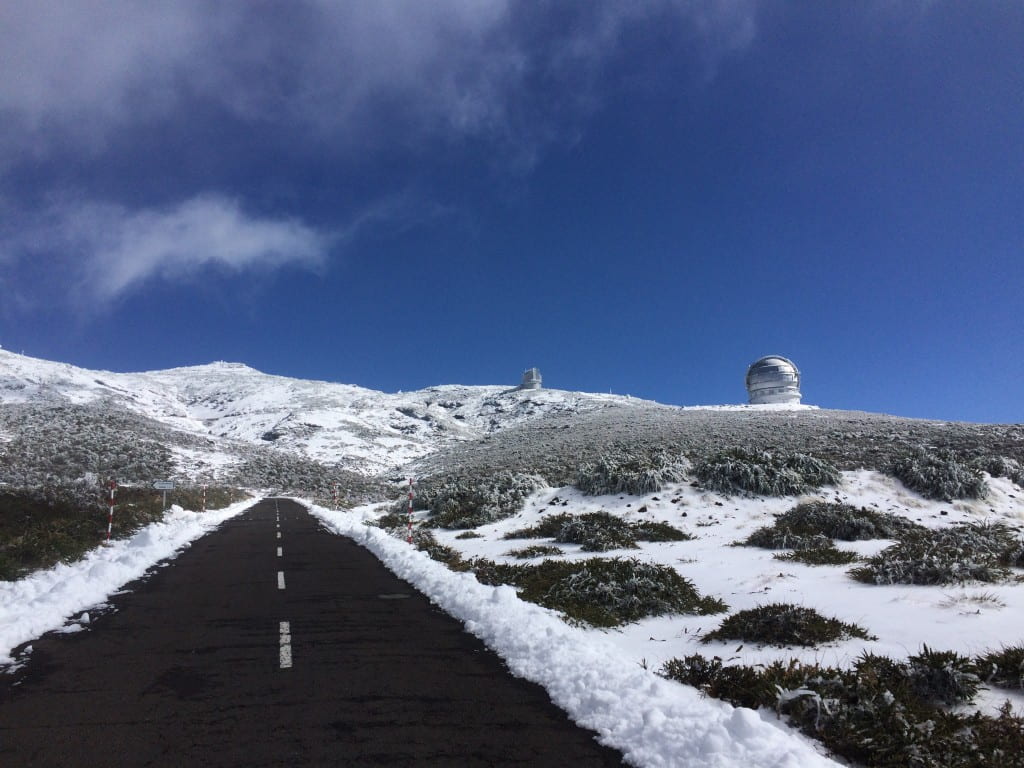
October 2014
A slimy addition to the lab, Myxicola Infundibulum (also called the slime fan worm…), is being housed for use of its giant axon in magnetic detection/imaging of neural activity using NV centers.
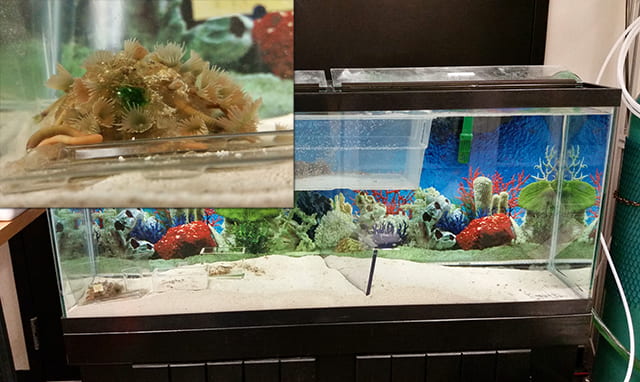
February 2013
The astro-comb is working, calibrating the HARPS-N spectrograph at the Italian National Telescope, the TNG! Top is a spectrum showing an observation of the asteroid Vesta using the astro-comb as a calibrator. It is the colorized version of the raw spectrum from HARPS-N, in which the individually filled circles are astro-comb calibration lines while the mostly solid vertical lines are the spectrum of the sun, reflected from Vesta. The lower section shows the spectrum converted to a standard 1D plot of spectral intensity vs. wavelength (Vesta’s reflected solar spectrum is the top, while the astro-comb calibration spectrum is the bottom).
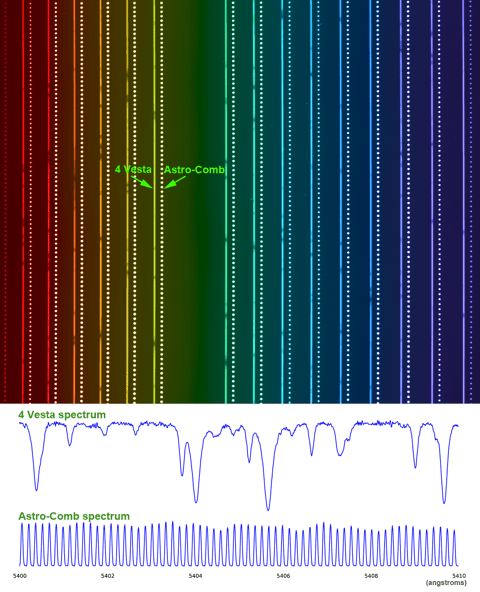
January 2012
David making friends with a local while in Australia for the Melbourne Materials Institute-Harvard Diamond Photonics Symposium.

December 2011
The Walsworth Group enjoying their weekly group lunch at Tamarind House!
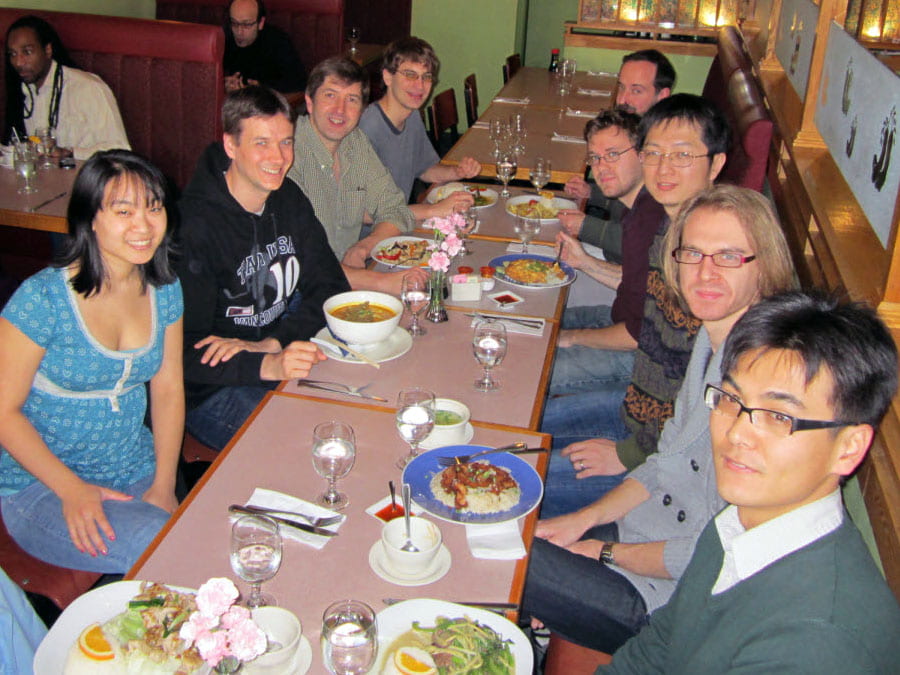
March 2010
Pictured here is a confocal microscope we have constructed for imaging single NV centers, with the goal of comparing their individual coherence properties to the ensemble characteristics. This comparison can be done for a range of diamond samples with varying NV densities and implantation geometries to determine the optimal material properties for various magnetometry applications.
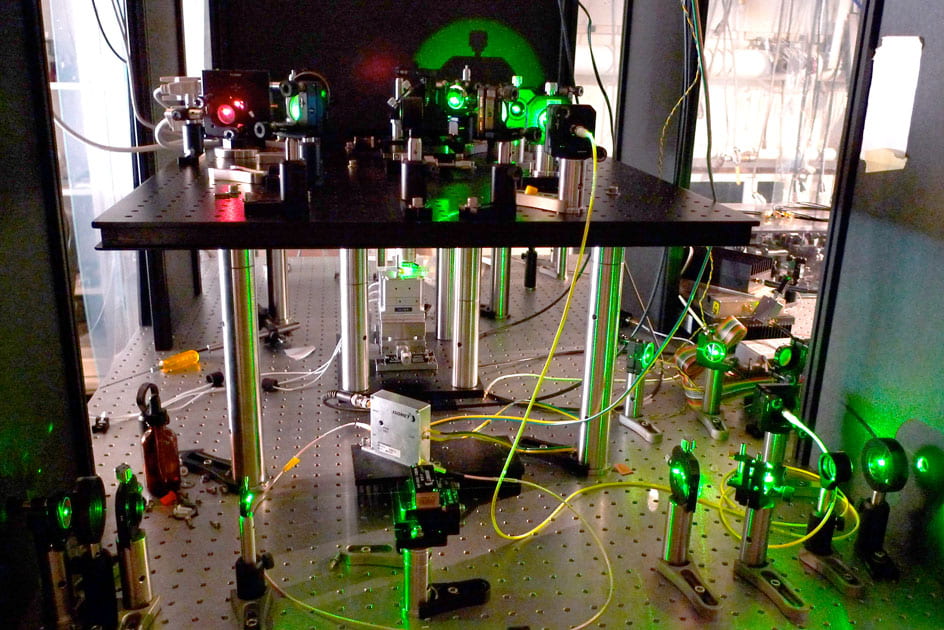
October 2009
In recent months, the open-access, low-field MRI system – built for posture-dependent lung imaging in the Walsworth Group laboratory – has been redesigned and upgraded signficantly. The imager has been relocated to the Martinos Center for Biomedical Imaging at Massachusetts General Hospital. In addition to the closer proximity to our medical collaborators, this new site has breathtaking views of Boston’s inner harbor!
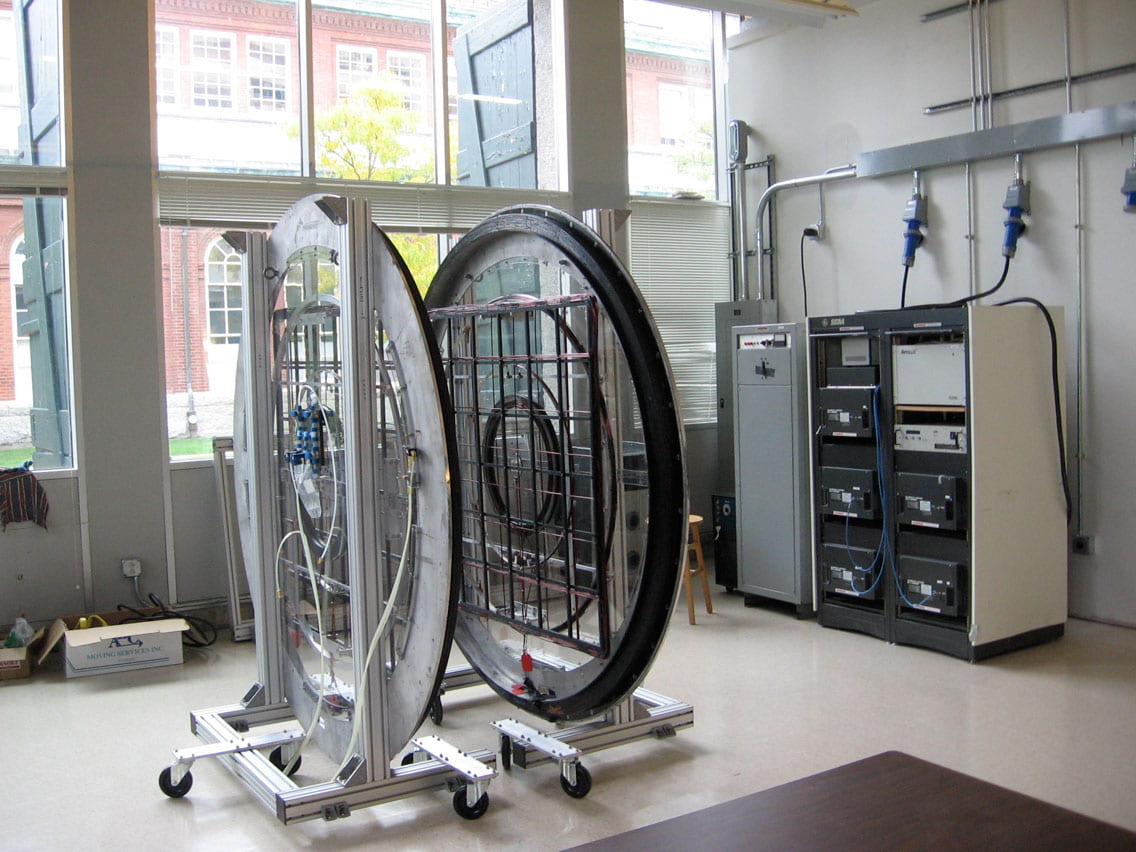
April 2008
An exciting new project is the development of a laser-based astro-comb. This new laser-measuring device will critically advance the resolution of current planet-finding techniques, making the discovery of Earth-sized planets outside our solar system possible. The discovery of such planets, “exoplanets”, is one of the hottest fields in astronomy. The work was featured in a Harvard News release and the MIT Technology Review. Here, Ron and Chih-Hao inspect the novel laser.
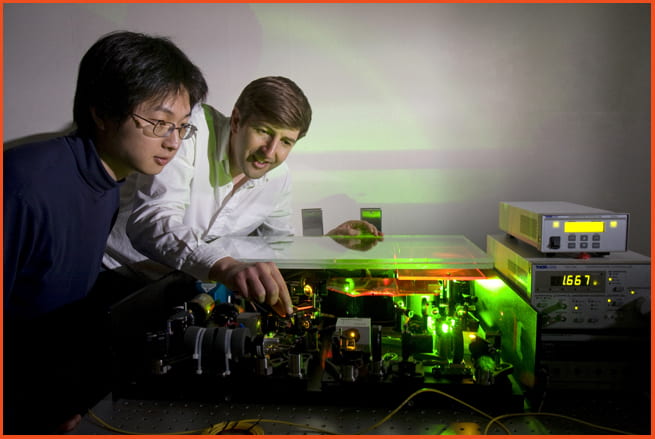
March 2007
Here, Matt shows-off his glassblowing skills at the Center for Astrophysics! He is attaching side-arms to noble-gas polarization cells to enable rubidium metal to be placed in the cell. Rubidium is a vital intermediary in the spin-exchange optical-pumping process used to hyperpolarize helium and xenon gas for high-sensitivity MRI experiments. This particular cell will be used in our helium polarization apparatus that prepares gas for our open-access, posture-dependent human lung imaging studies.
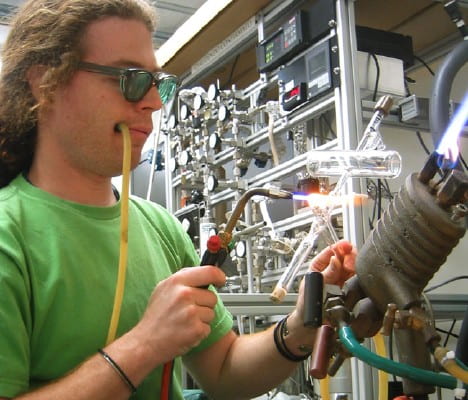
September 2006
Optics lab equipment and personnel. Visible on the large optical table are three sets of Rb vapor cell experiments (each with its own magnetic shields) for studies of slow and stored light, diffusion-induced Ramsey narrowing, and preliminary Ives-Stilwell tests. Associated lasers and optics are also visible. The N-resonance clock is on a smaller optical table in the background.
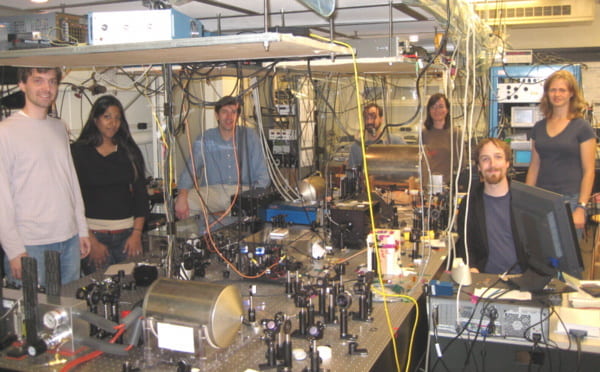
May 2005
Leo Tsai monitors the laser-polarized 3He gas polarization level using a dedicated, homebuilt polarimetery system, or very simplified, kHz-frequency NMR spectrometer, running on a Macintosh computer under Labview software.
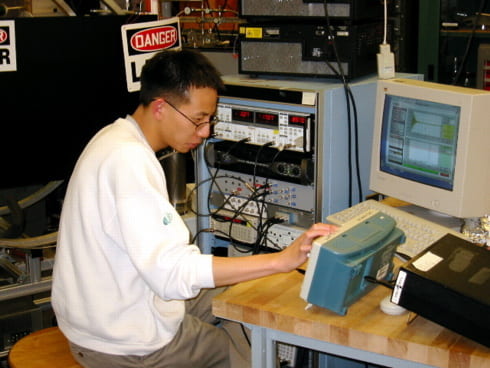
August 2004
Sasha Zibrov and Irina Novikova are checking on the status of a ring cavity in its new house. This setup will be used for the experiments on quantum information storage and quantum memory.
